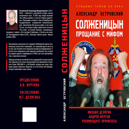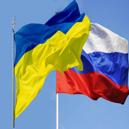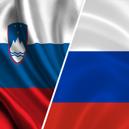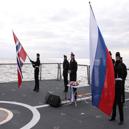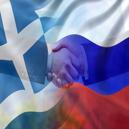Россия и Норвегия в 1990-е годы установили тесные связи по самым разным вопросам развития северных регионов, включая охрану окружающей среды, энергетику и рыболовство. Противоречия между ними вызваны территориальными и экономическими претензиями на арктический шельф и его недра, различием точек зрения на вопросы соблюдения договора о Шпицбергене, свободы судоходства, рыболовства и военной безопасности. Рассмотрены арктические стратегии России и Норвегии.
Russia and Norway in the Arctic. Moving towards or away from partnership?
: In the 1990s Russia and Norway established close ties on a variety of areas concerning the development of their Northern regions, including environmental protection, energy industry and fishing. The priorities and interests of the countries largely converge, but there are also contradictions, which are primarily determined by territorial and economic claims to the Arctic shelf and its subsoil. In addition, the countries have different views on compliance with the Svalbard Treaty as well as on freedom of navigation, fishing and military security. This article provides a review of the Arctic strategies of Russia and Norway.
 Ранний опыт государственного строительства большевиков и Конституция РСФСР 1918 года
Ранний опыт государственного строительства большевиков и Конституция РСФСР 1918 года
 7
7
 25250
|
Официальные извинения
25250
|
Официальные извинения
 972
972
 104715
|
Становление корпоративизма в современной России. Угрозы и возможности
104715
|
Становление корпоративизма в современной России. Угрозы и возможности
 239
239
 84357
84357
